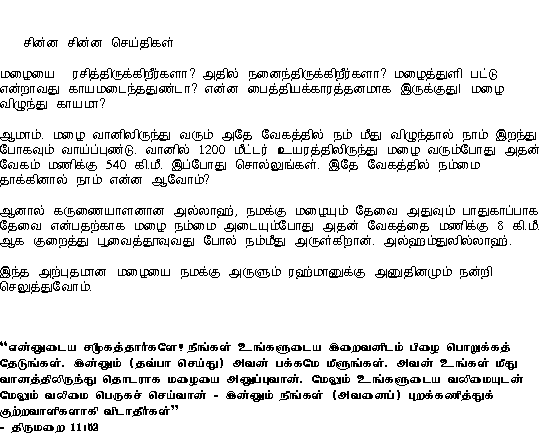


|
1.What is Rain Water Harvesting The concept of rain water harvesting lies in tapping the rain water where it falls. A major portion of rainwater that falls on the earth's surface, runs-off from streams to rivers and finally to the sea. An average of 8% of the total rainfall recharges the ground water aquifers. Therefore, most of the rainfall goes waste in the form of surface run-off. The technique of rainwater harvesting involves catching the rain from localized catchment surfaces such as roof of a house, plain and sloping ground surface etc. The rainwater that falls on these catchment is diverted into dugout ponds, vessels or underground tanks to store for long periods. Construction of small barriers across small streams to check and store the running water is also an example of small catchment water harvesting. Water harvesting means to understand the value of rain and to make optimum use of rain water at the place where it falls. In scientific terms, water harvesting (broadly) refers to collection and storage of rain water and also other activities such as harvesting surface water, extracting ground water prevention of losses through evaporation and seepage. In general, water harvesting is the activity of direct collection of rain water. The rain water collected can be stored for direct use or can be recharged into the ground water. |
|
2. Why Rainwater Harvesting? Rain is the first form of water that we know in the hydrological cycle, hence it is a primary source of water for us. Rivers, lakes and ground water are all secondary sources of water In present times, we depend mainly on such secondary sources of water. In the process, it is forgotten, that rain is the ultimate source that feeds all these secondary sources and remain ignorant of its value. Water crisis situation occurs only because, effective collection and storage of rain water has been ignored. The potential of rain to meet water demand is tremendous. Unless people are involved in conserving rain water from individual households to big industries/institutions, it would be very difficult to meet the looming water crisis. We get a lot of rain, yet we do not have water. Why? Because we
have not realised the value of each drop of rain. Ironically, even
Cherrapunji which receives about 11,000 mm of rainfall annually suffers
from acute shortage of drinking water. This is because the rain water is
not conserved but allowed to drain away. Thus it does not matter how much
rain we get, if we don't capture or harvest it. |
|
Chennai situation: Chennai City receives rainfall during North-East Monsoon (Oct - Dec) and South-West Monsoon (June - September). A major portion of the rainfall is during North-East Monsoon. Some times the city also receives rainfall during January and Februuary, but that is quite rare. The annual rainfall in Chennai is in the range of 1200 - 1300 mm.
This is higher compared to the India's average rainfall of 800 mm.
However, this rainfall occurs in short spells of a few days - on an
average we receive rainfall for 300 hours throughout the year. The
characteristics of our rainfall demands not only to conserve large
quantity of rainwater during these few days but also to store wherever it
rains in Metropolitan cities like Chennai, preferably for direct use and
alternatively as ground water. Failure to do so results in flooding of low
lying areas and wastage by means of run-off into the sea during rainy
season and water scarcity during summer months. Also, due to the fast rate
of urbanisation, the city has become a concrete jungle and it is very
difficult to find open surfaces which would enhance the recharge of ground
water. Even the open space left is paved with concrete or bitumen which
does not allow the natural recharge of ground water. This highlights the
need to implement measures to ensure that the rain falling over a region
is tapped as fully as possible through appropriate water harvesting
techniques for recharging the ground water aquifers as well as for direct
storage and use of rain water. |
|
How much water can be harvested? The total amount of water that is received in the form of rainfall over an area is called the rain water catchment / endowment of that area. Out of this, the amount that can be effectively harvested is called the water harvesting potential. The collection efficiency accounts for the fact that all the rain water falling over an area cannot be effectively harvested. Acknowledgement: Chennai Metro Water |


![And O my people, ask forgiveness of your Lord and then repent to Him. He will send [rain from] the sky upon you in showers and increase you in strength [added] to your strength. And do not turn away, [being] criminals. Holy Quran - 11:52](jpg/s11a52.jpg)


|

|

|